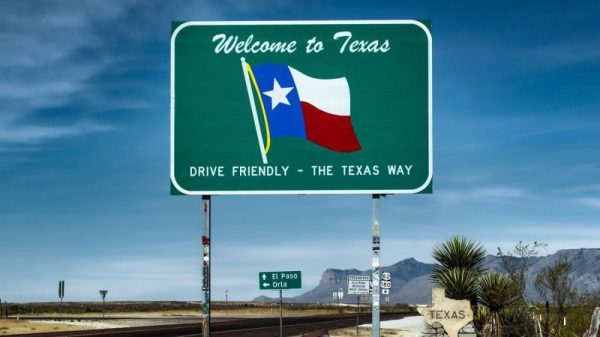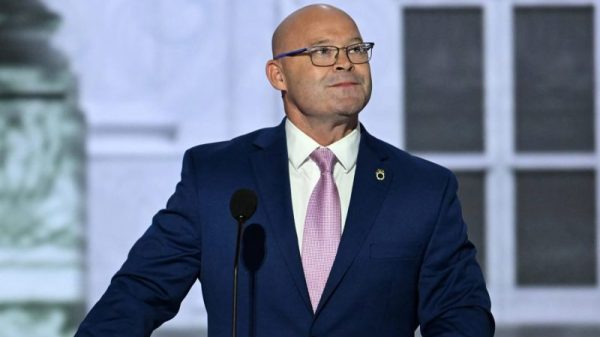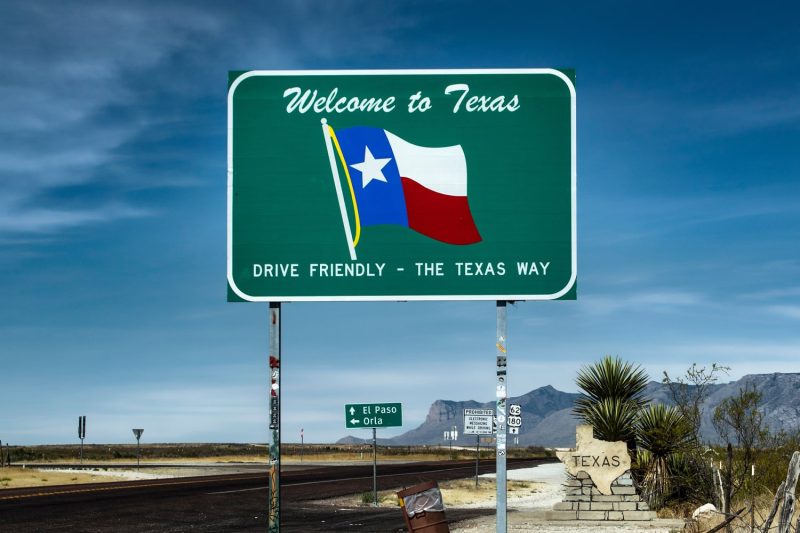In a fascinating trend that has captured national attention, Americans are flocking to Texas in record numbers, with nine out of the ten fastest-growing U.S. cities being located in the Lone Star State. This remarkable population boom is reshaping the demographic landscape of Texas, bringing with it both opportunities and challenges.
Austin, the capital of Texas, leads the pack as the fastest-growing city in the country. Known for its vibrant music scene, tech industry, and renowned festivals like SXSW, Austin’s appeal continues to attract people from across the nation. The city’s diverse culture and strong job market make it an appealing destination for young professionals and families looking to settle down in a dynamic urban environment.
Following closely behind Austin is the city of Conroe, located just north of Houston. With its affordable housing, strong economy, and access to natural beauty, Conroe has experienced a surge in population growth in recent years. As more people are drawn to the city’s suburban charm and close proximity to Houston’s metropolitan amenities, Conroe has emerged as a popular destination for those seeking a balance between city living and a more relaxed lifestyle.
Other Texas cities experiencing rapid growth include Frisco, New Braunfels, and Georgetown, each with its own unique appeal and attractions. Frisco, a booming suburb of Dallas, is known for its top-rated schools, recreational opportunities, and upscale shopping and dining options. New Braunfels, nestled along the picturesque Guadalupe River, offers a mix of historic charm and outdoor recreational activities, making it a sought-after destination for nature lovers and outdoor enthusiasts. Georgetown, located north of Austin, boasts a thriving arts scene, quaint downtown area, and affordable housing options, making it an attractive choice for those looking to escape the hustle and bustle of larger cities.
As these cities continue to experience rapid growth, they face a number of challenges, including infrastructure strain, housing affordability issues, and strains on public services. Local governments and urban planners are tasked with managing this growth sustainably, ensuring that these communities remain vibrant, inclusive, and resilient in the face of increasing demands.
In conclusion, the influx of newcomers to Texas is transforming the state’s urban landscape, creating opportunities for economic growth, cultural exchange, and community development. As these cities adapt to accommodate their growing populations, they have the potential to become models of innovation and sustainability for the rest of the country. With careful planning and investment, Texas’s fastest-growing cities can continue to thrive and flourish, attracting even more residents seeking a high quality of life in the heart of the Lone Star State.





























